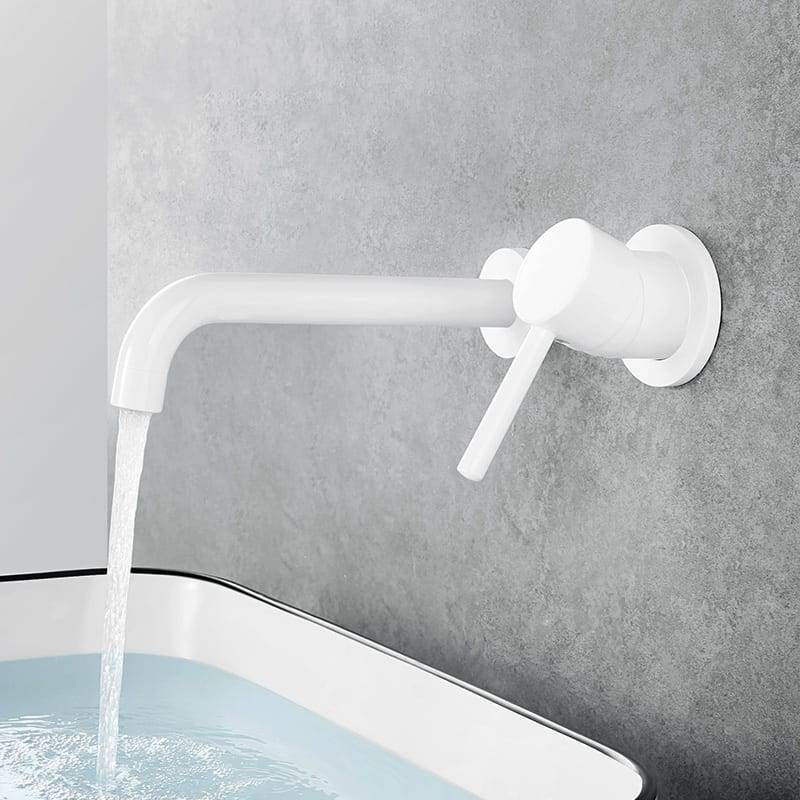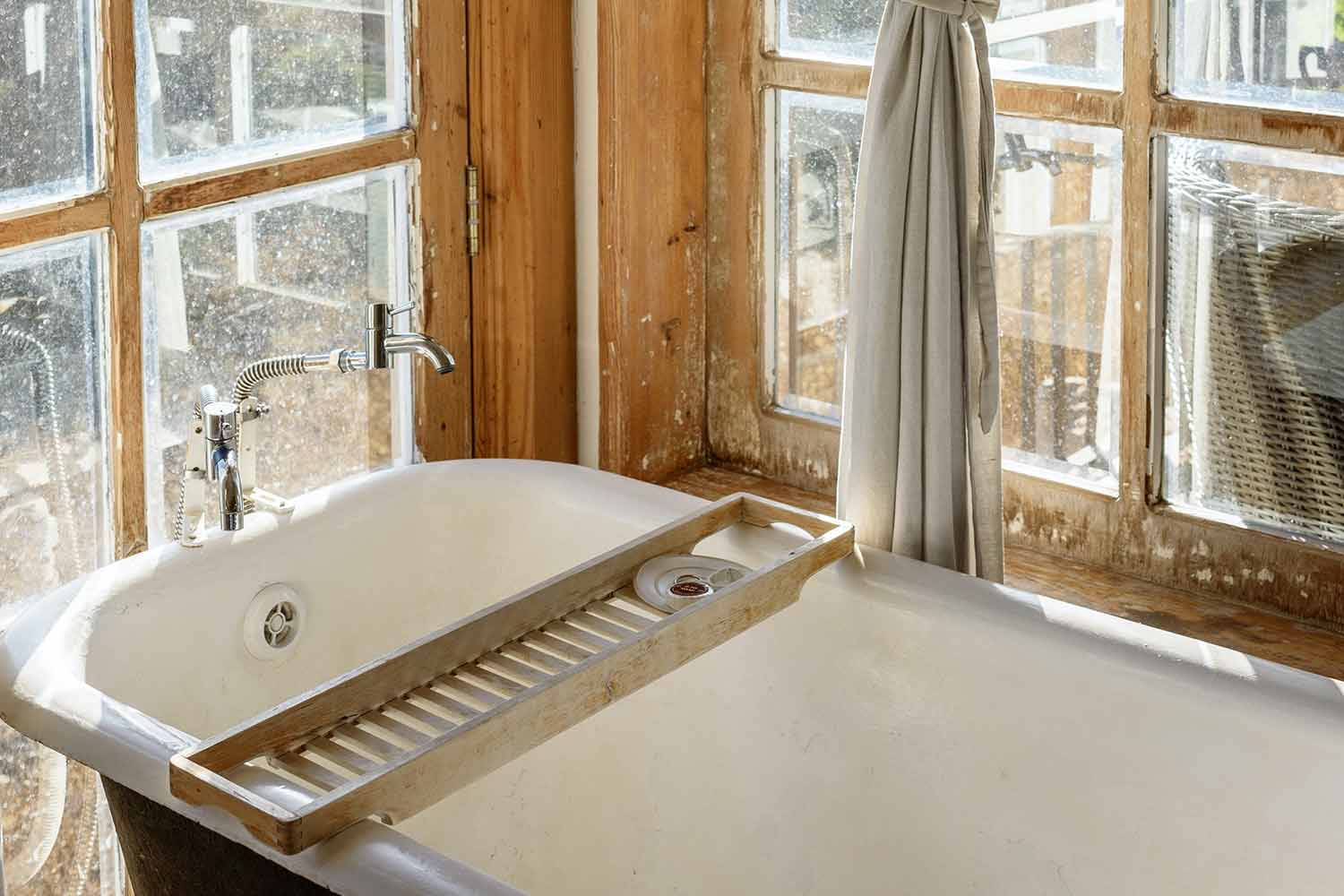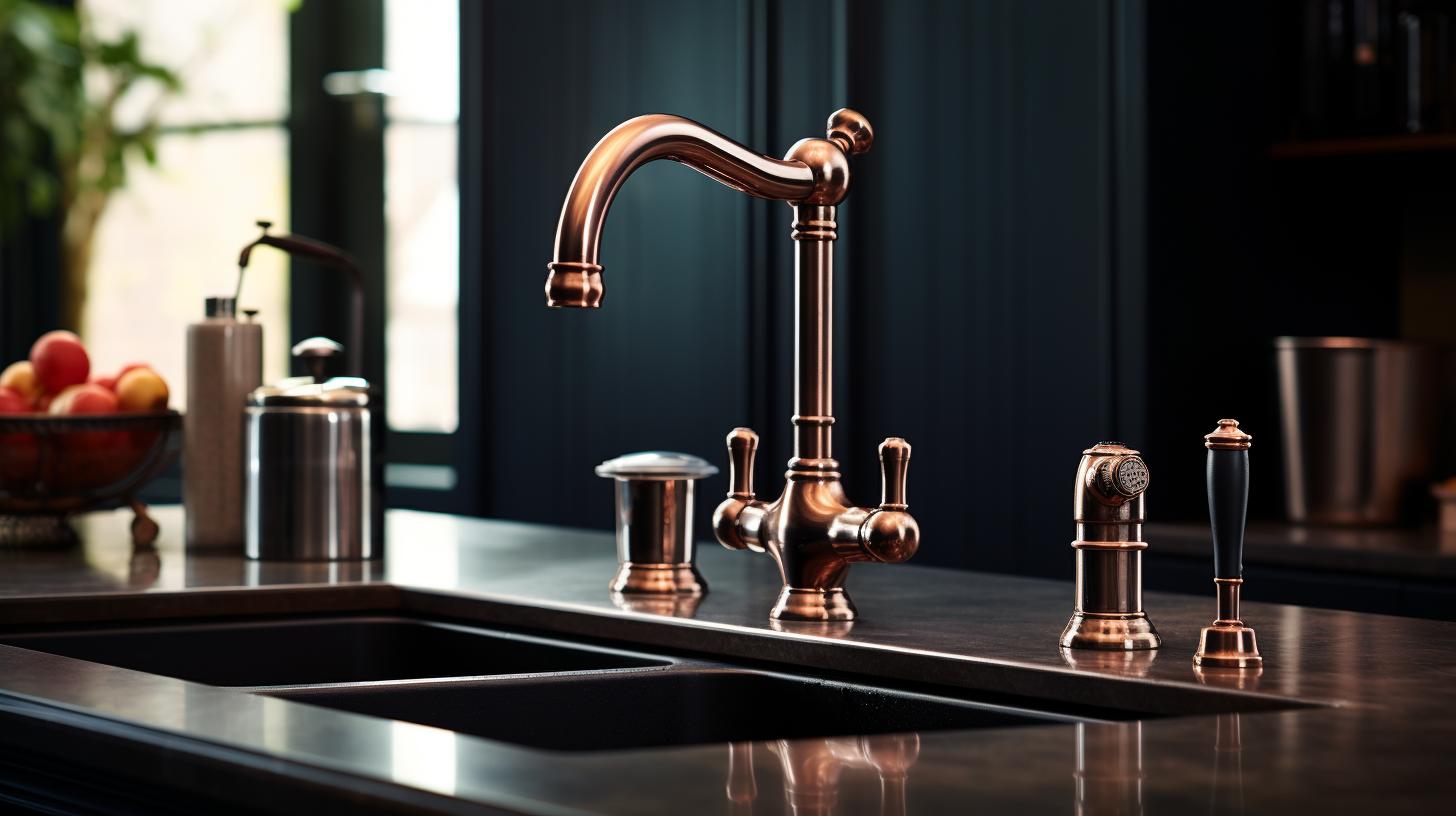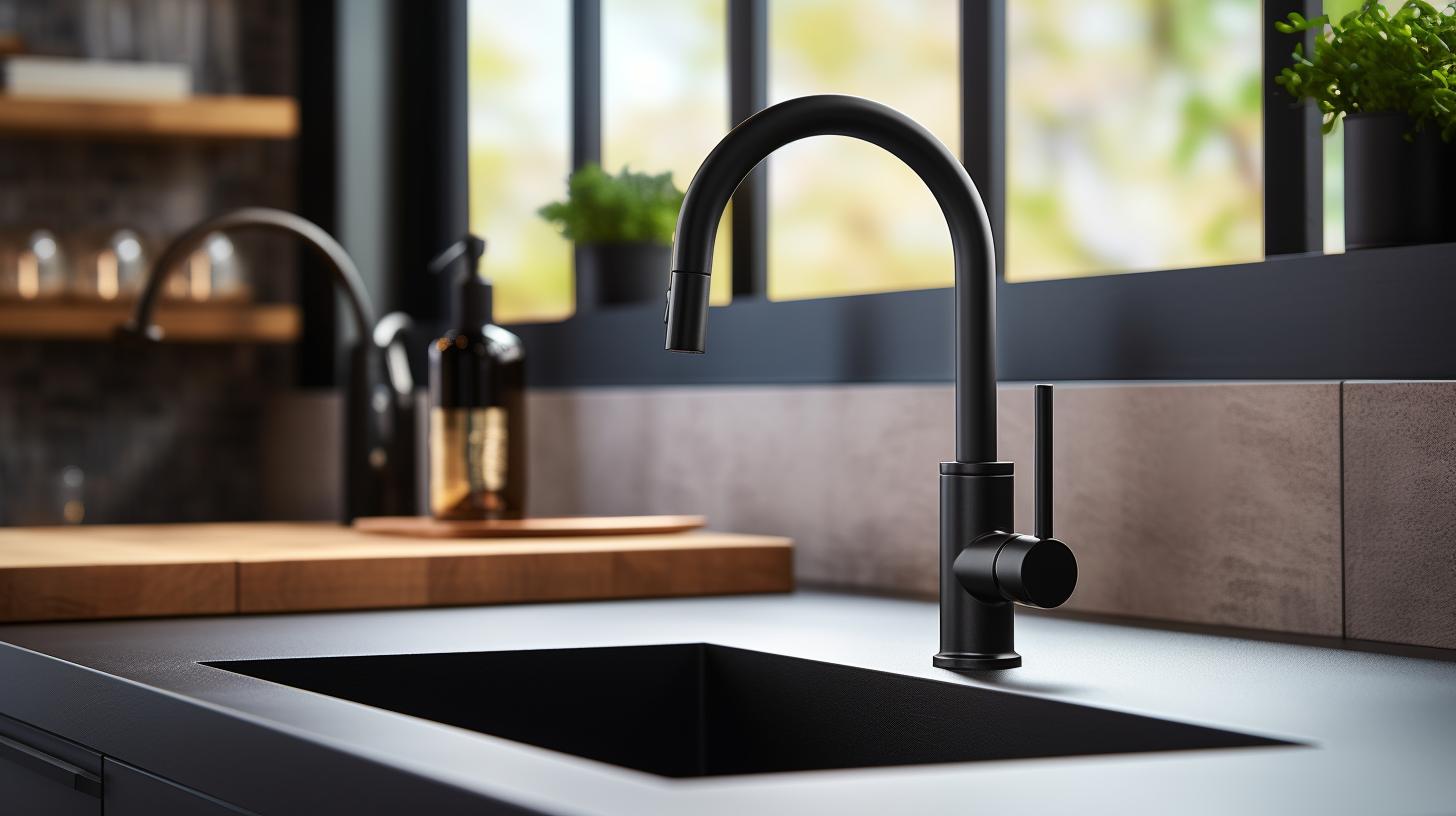In the realm of bathroom design, where every detail contributes to the overall aesthetic and functionality, the choice of a one hole bathroom faucet plays a pivotal role. Among the diverse options available, the one hole bathroom faucet stands out for its streamlined elegance and space-saving design. In this comprehensive guide, we’ll embark on a journey through the world of one-hole bathroom faucets, exploring their design variations, features, material considerations, installation tips, and ways to seamlessly integrate them into your bathroom decor. By the end of this exploration, you’ll be well-equipped to make an informed decision that not only meets your practical needs but also elevates the visual appeal of your bathroom sanctuary.
I. Understanding One Hole Bathroom Faucet:
- Sleek Simplicity: The hallmark of a one-hole bathroom faucet lies in its simplicity. Unlike faucets that require multiple mounting holes, the one-hole design combines the spout and handle into a single unit, creating a clean and uncluttered look. This minimalist approach not only enhances visual appeal but also makes cleaning and maintenance a breeze.
- Space-Saving Marvels: One-hole bathroom faucets are renowned for their space-saving design. Ideal for bathrooms with limited countertop space, these faucets provide a compact yet stylish solution without compromising on functionality. The single-hole installation ensures a seamless fit in smaller bathrooms or powder rooms.
- Versatility in Design: Despite their streamlined appearance, one-hole bathroom faucets come in a variety of designs to suit different tastes and bathroom styles. From contemporary and modern to classic and traditional, you can find a one-hole faucet that complements your overall design vision.
II. Types of One Hole Bathroom Faucet:
- Single-Handle Elegance: The majority of one hole bathroom faucet feature a single-handle design. This elegant configuration allows for easy and precise control of water temperature and flow with a single lever. The single-handle design is not only practical but also adds a touch of sophistication to your bathroom.
- Touchless Technology Integration: Embracing modern advancements, some one-hole faucets come with touchless technology. Motion sensors detect hand movements, initiating and stopping the water flow without the need for direct contact. This feature not only enhances hygiene but also adds a futuristic element to your bathroom.
III. Features to Consider:
- Spout Height and Reach: Consider the dimensions of the faucet’s spout, including its height and reach. The spout height determines the clearance between the faucet and the sink, accommodating different vessel heights. Meanwhile, the reach ensures water easily reaches the center of the sink.
- Material and Finish: The choice of material and finish significantly contributes to the durability and aesthetics of a one hole bathroom faucet. Common materials include brass, chrome, nickel, and stainless steel, each offering a unique combination of strength and visual appeal. Finishes range from polished and brushed to matte and antiqued.
- Water-Efficient Options: Many modern one-hole bathroom faucets are designed with water conservation in mind. Look for faucets with aerators or features like WaterSense certification, which indicates compliance with water efficiency standards set by the Environmental Protection Agency (EPA).
IV. Installation Tips:
- Compatible Sink and Countertop: Before selecting a one hole bathroom faucet, ensure compatibility with your sink and countertop. Measure the existing hole size and consider the dimensions of the sink to guarantee a seamless and snug fit.
- DIY vs. Professional Installation: One-hole bathroom faucets are generally designed for straightforward installation, making them suitable for DIY enthusiasts. However, if you’re unsure or if the installation requires additional plumbing work, seeking professional assistance ensures a secure and leak-free setup.
- Consideration for Additional Accessories: Some one-hole faucets may come with additional accessories, such as a matching pop-up drain or a coordinating handle plate. Evaluate whether these accessories are necessary for your installation and aesthetic preferences.
V. Maintenance and Cleaning:
- Cleaning the Faucet: The streamlined design of one-hole bathroom faucets simplifies the cleaning process. Regularly wipe down the faucet with a soft, damp cloth to remove water spots and maintain its polished appearance. For stubborn stains, a mild soap solution can be used.
- Cartridge Maintenance: If your one-hole faucet features a cartridge, it’s advisable to understand the manufacturer’s recommendations for maintenance. Cartridges may require periodic cleaning or replacement to ensure smooth operation.
- Preventing Limescale Buildup: Depending on your water hardness, limescale buildup can be a concern. To prevent this, consider using a water softener or regularly cleaning the aerator to remove mineral deposits.
Conclusion:
In the ever-evolving landscape of bathroom design, the one-hole bathroom faucet emerges as a beacon of simplicity and sophistication. Its streamlined silhouette, space-saving design, and versatility in styles make it a compelling choice for various bathroom settings. Whether you opt for a single-handle classic or embrace the touchless technology of the future, the one-hole faucet can be the transformative element that defines your bathroom sanctuary. Armed with the insights provided in this guide, you are now ready to navigate the world of one hole bathroom faucet, making a choice that not only meets your practical needs but also adds a touch of elegance to your daily routine.







